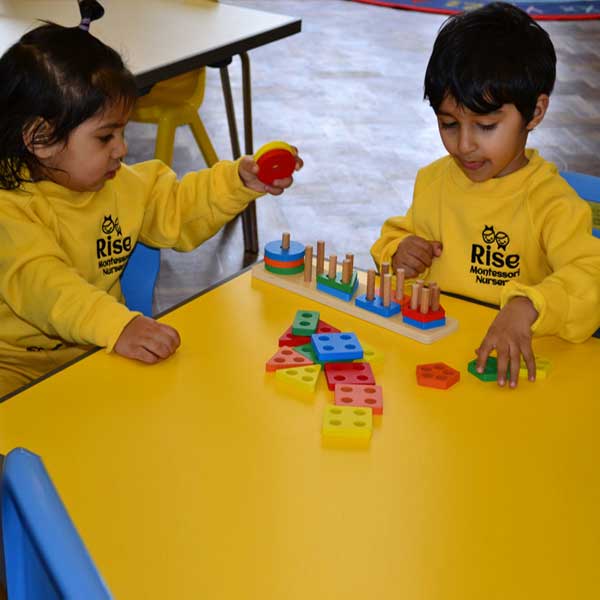In today’s digital age, where screens are ubiquitous, managing screen time for toddlers has become a challenge for parents. The allure of smartphones, tablets, TVs, and other electronic devices can be captivating for young children, leading to concerns about their overall well-being and development. As a trusted source for parenting advice, we understand the importance of addressing this issue. In this comprehensive guide, we delve into effective strategies to reduce screen time for your toddlers while promoting healthy growth and development.
The Impact of Excessive Screen Time on Toddlers
Excessive screen time can have a significant impact on the development and well-being of toddlers. Studies have shown that prolonged exposure to screens can lead to issues such as:
1. Delayed Developmental Milestones:
Toddlers require interactive experiences to develop their cognitive, language, and motor skills. Excessive screen time can impede these milestones, leading to delays in their overall development.
2. Sleep Disruptions:
Blue light emitted by screens can interfere with the production of melatonin, a hormone that regulates sleep. This can lead to sleep disturbances, affecting the quality and duration of your toddler’s sleep.
3. Behavioural Problems:
Extended screen time has been associated with behavioural problems such as attention issues, aggression, and difficulty in self-regulation. These behavioural challenges can have long-term consequences if not addressed early on.
Effective Strategies to Reduce Screen Time
As parents, it’s essential to establish a healthy balance between screen time and other activities. Here are some effective strategies to help you reduce your toddler’s screen time:
1. Set Screen Time Limits:
Create a daily or weekly screen time limit for your toddler. This can be achieved by using parental control apps or device settings that allow you to enforce time restrictions on specific apps or devices.
2. Lead by Example:
Toddlers often mimic the behaviour of adults. Be a positive role model by demonstrating limited and purposeful screen use. Engage in activities that don’t involve screens, such as reading, playing outdoors, or crafting together.
3. Designate Screen-Free Zones:
Establish certain areas in your home where screens are not allowed, such as the dining room and bedroom. This encourages your toddler to engage in screen-free activities during meals and before bedtime.
4. Plan Engaging Activities:
Provide a variety of stimulating and interactive activities that capture your toddler’s attention. Arts and crafts, building blocks, puzzles, and outdoor play are excellent alternatives to screen time.
5. Create a Consistent Routine:
Having a predictable daily routine can help reduce the appeal of screens. Structure your toddler’s day with scheduled meal times, naps, outdoor play, and interactive family activities.
Nurturing Healthy Habits and Development
Reducing screen time isn’t just about limiting exposure; it’s also about fostering healthy habits and supporting your toddler’s overall development:
1. Encourage Outdoor Play:
Outdoor play offers numerous benefits, including physical exercise, exposure to nature, and social interactions. Set aside dedicated time for outdoor play to ensure your toddler remains active and engaged.
2. Promote Interactive Learning:
Engage your toddler in activities that promote interactive learning. Reading books together, solving puzzles, and playing educational games can stimulate their curiosity and cognitive development.
3. Foster Social Connections:
Arrange playdates or activities that allow your toddler to interact with other children. Social interactions are crucial for developing communication skills, empathy, and emotional intelligence.
4. Monitor Content Carefully:
When your toddler does engage with screens, ensure that the content is age-appropriate, educational, and promotes positive values. Monitor the apps, shows, and games they consume.
The Road to Successful Screen Time Management
Managing screen time for toddlers requires patience, consistency, and a genuine commitment to your child’s well-being. By implementing the strategies outlined in this guide, you can create a balanced and nurturing environment that supports your toddler’s healthy growth and development.
Remember, every child is unique, so it’s important to tailor your approach to their individual needs and preferences. Through thoughtful guidance and intentional parenting, you can navigate the digital landscape while fostering meaningful connections and experiences for your toddler.

